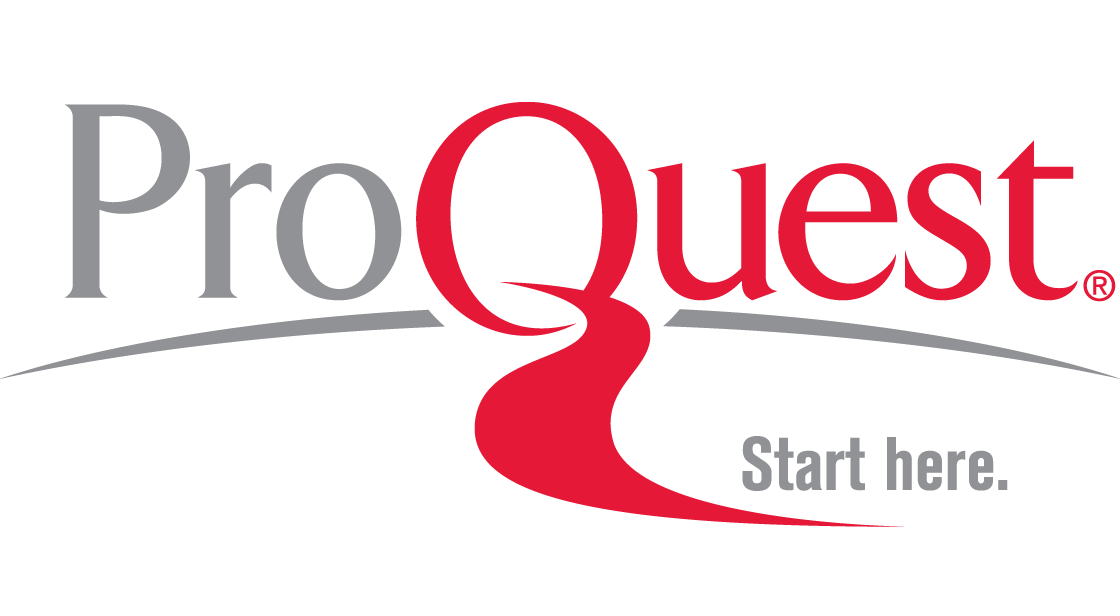Comparison of Structured Light Projection-based Surface Reconstruction Methods
Abstract
In recent decades, technological advancements and digitalization have led to the emergence of numerous new instruments and measurement techniques in optics. Contactless measurement methods have gained increasing significance, especially since the COVID-19 pandemic. Profilometry, as an optical measurement technique, enables precise and non-destructive surface analysis. Compared to traditional contact-based methods, it offers numerous advantages, making it particularly useful in various fields, especially in medicine. These techniques allow for detailed examination of biological surfaces and tissues without physical contact, which is often crucial for patient safety. They can be applied to analyze skin structure, monitor wound healing, and assess the surface properties of implants and prosthetics while minimizing infection risks and other complications.
Beyond medical applications, profilometric techniques are also widely used in the defense industry, materials science, and manufacturing, where accurate and rapid non-contact surface characterization is essential. Our research explores various types of profilometry and their potential applications using different models. The core principle involves projecting structured light onto a surface and capturing the distorted pattern. The reflected light contains the surface's characteristics, allowing its geometry to be reconstructed through image processing. The most used mathematical tools for this are Fourier and wavelet transforms, the latter often being more efficient due to its scaling and shifting properties. Besides these, other integral transforms can also be applied. In this research, we compare and evaluate different integral transform-based profilometric methods to derive useful conclusions.







